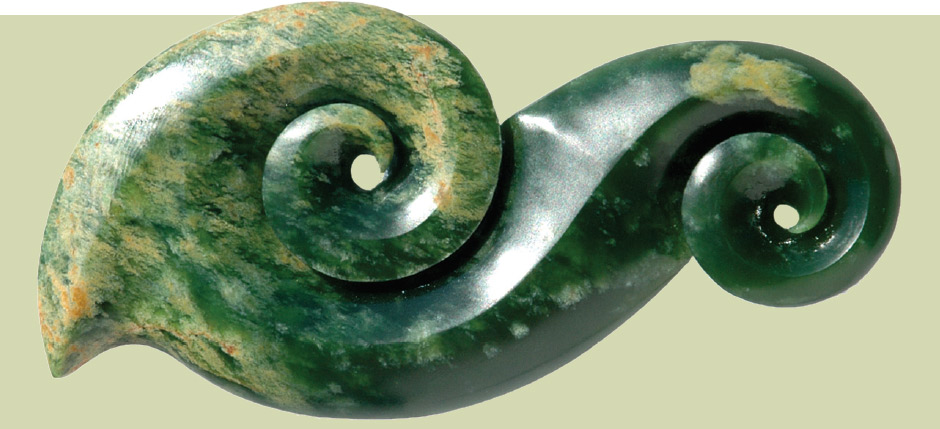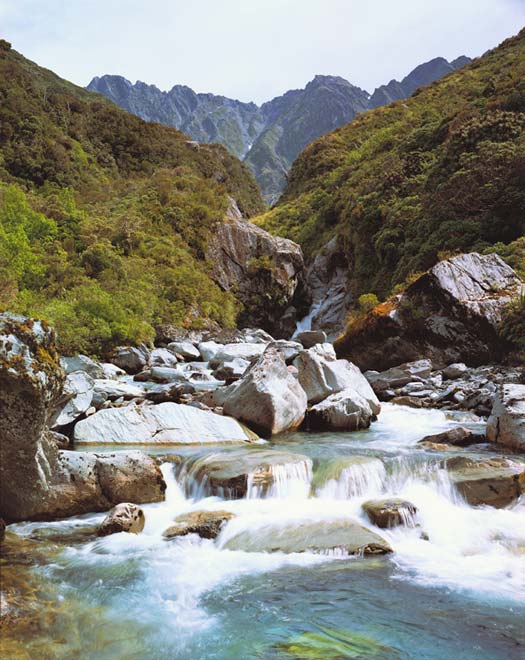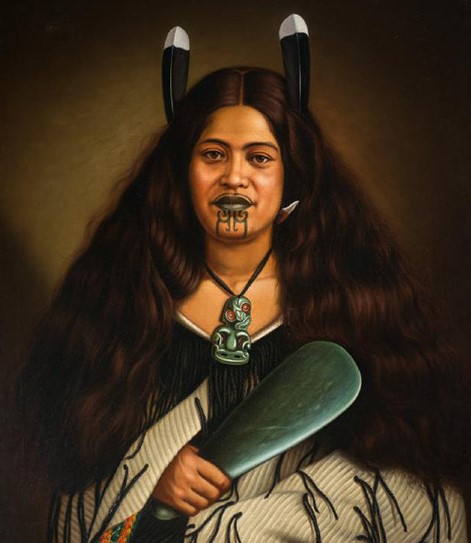Greenstone or Pounamu are used interchangeably here in New Zealand when referring to Nephrite Jade. Pounamu is an important part of Māori tradition and hugely significant within the greater cultural identity of Aotearoa. Maori term of Pounamu does in fact include other forms of green stones here such as Bowenite and Serpentine, but most commonly refers to Nephrite Jade. Geologists most commonly use the term Nephrite Jade, while Māori refer to their treasured stone as Pounamu. New Zealand’s early European settlers called it Greenstone – a name that is still used today. To everyone else, the stone is simply known as Jade. Here in New Zealand, Pounamu can only be found in the South Island, mainly on the West Coast – which is why the island is also known as Te Waipounamu, which translates to “the waters of greenstone”.

Formed by the movement of Pacific and Australia tectonic plates over thousands of years.
New Zealand Greenstone or Pounamu is formed by intensive pressure and heat about 10km deep under the earth of the Southern Alps. This precious material has been forced to the earth’s surface by the movement of Pacific and Australia tectonic plates over thousands of years. These days, it’s incredibly rare to find New Zealand nephrite jade in its origin rock, with the Pounamu typically freed by glacial movements, landslides, and erosion from streams and rivers.

NZ Greenstone is rare and undergoes a unique weathering process.
New Zealand Greenstone (aka Pounamu or Jade) is rare and offers incredible variety in colour, pattern and texture. Each region tending to produce different variations. Some New Zealand Pounamu, such as Flower Jade, undergoes a unique weathering process where the stone gets its colour after being formed, rather than during formation like most other jades. The colourations in this particular stone have occurred over thousands of years of weathering, while it sits in the river getting tumbled and smoothed, the flowing water pushes minerals into the stone through minute fracture, causing oxidation and a unique yellow gold colour – reflecting its name, flower jade. Due to its specific gravity of three, jade boulders become a third lighter in water and are more easily moved.

Pounamu, Māori culture and heritage.
Pounamu holds incredible significance among Māori, making it a sacred material for many. The strong spiritual connection Māori have with Pounamu is reflected in the way that various stone types were named, with each Pounamu type being given an identity that corresponded to the world in which they lived. Pounamu has a diverse range of colours with a myriad of variations in colour and pattern combination. No two pieces of Pounamu are the same, guaranteeing every carving is unique. Stones were named after native birds, fish, plants, locations or legends. Kawakawa pounamu is one of the darkest and richest shades of green, and gets its name from reflecting the colours of the kawakawa tree. Inanga, the lightest of our pounamu is named after our native whitebait fish. Kahurangi is a highly translucent green and was the most prized in early times, named after the clearness of the sky. Kokopu is the Māori name for the native trout fish and the stone has distinctive brown spots, like the trout. Tahutahi is one of the rarest types of Pounamu with its white flecks being names after snowflakes.